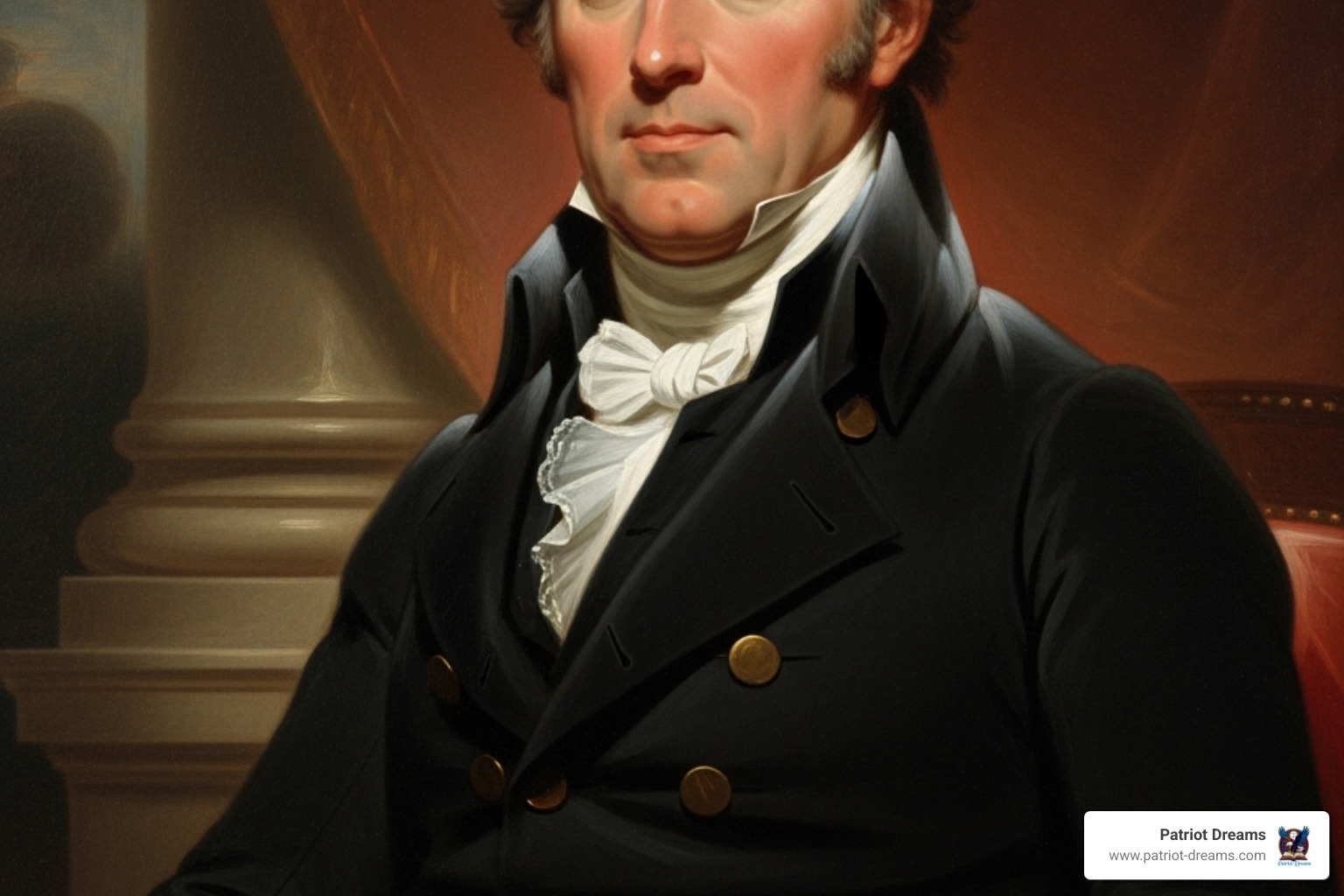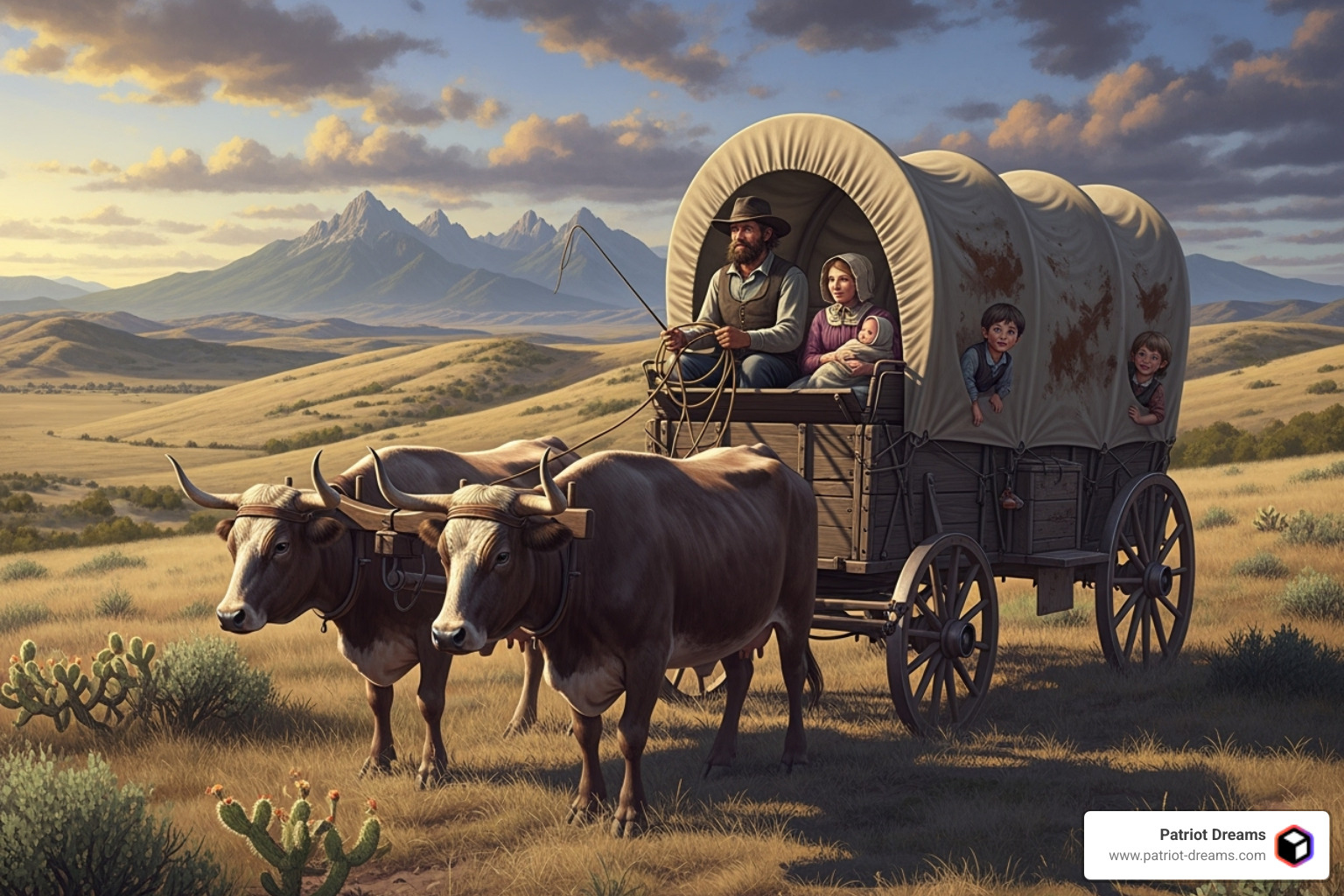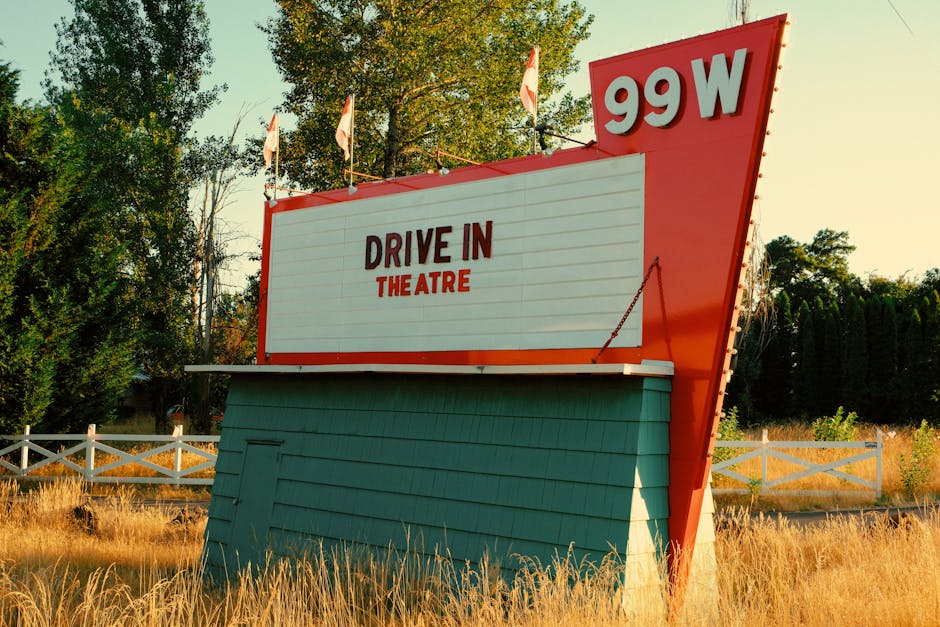Revolutionary Revelations: Exploring the Sites, Stories, and Soldiers of America's Birth
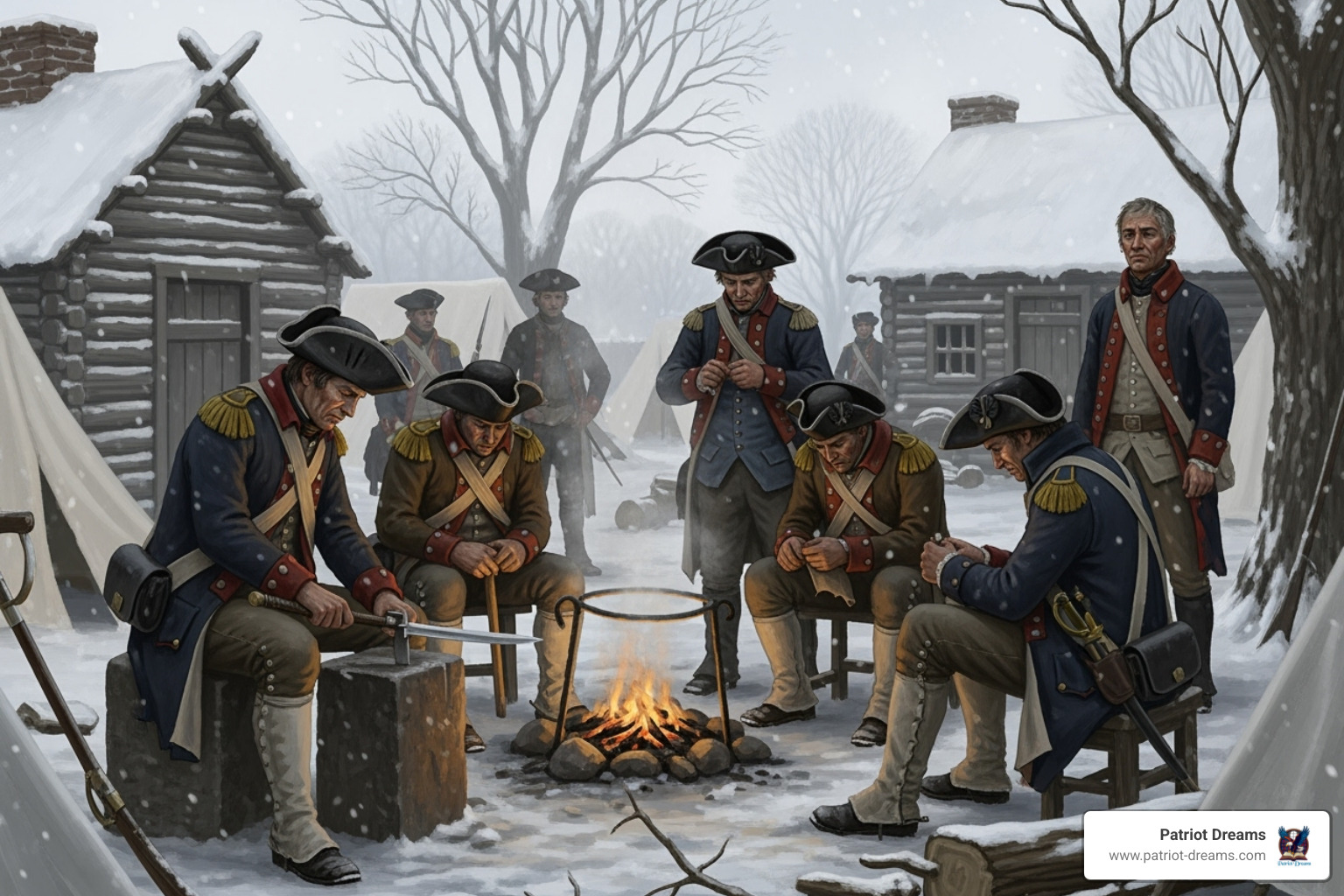

The Heartbeat of a New Nation
Revolutionary War heroes weren't just famous generals in powdered wigs. They were everyday people—farmers who left their plows, mothers who disguised themselves as soldiers, and neighbors who risked everything for a dream of freedom.
Quick Guide to Revolutionary War Heroes:
- Military Leaders: George Washington, Nathanael Greene, Marquis de Lafayette
- Women Patriots: Deborah Sampson, Mary Ludwig Hays (Molly Pitcher), Margaret Corbin
- Black and Native American Patriots: Salem Poor, Peter Salem, Polly Cooper, Joseph Brant
- Naval Heroes: John Paul Jones
- Remarkable Soldiers: Peter Francisco (the "Virginia Giant")
- Foreign Allies: Baron von Steuben, Comte de Rochambeau
- British Leaders: General Charles Cornwallis, King George III
The American Revolution wasn't won by a handful of famous names. It was built on the courage of approximately 250,000 soldiers who served in the Continental Army and militias. Among them were over 4,000 women who served as nurses, cooks, and spies. Thousands of Black patriots—both enslaved and free—fought for liberty. Native American leaders chose sides that would shape their nations' futures.
At Valley Forge during that brutal winter of 1777-1778, General George Washington didn't just command an army. He held together a family of hopeful souls who were cold, hungry, and far from home. They stayed because they believed in something bigger than themselves.
These weren't superheroes from a storybook. They were real people with families, fears, and dreams. Some were celebrated in their time. Others, like Salem Poor and Polly Cooper, gave everything and asked for nothing in return.
Their stories remind us that courage doesn't always wear a uniform or carry a famous name. Sometimes it looks like a Quaker farmer who overcame a limp to become a brilliant general. Sometimes it's a woman who pulled a musket ball from her own leg to keep her identity secret. Sometimes it's a young man who shouldered an 1,100-pound cannon when his fellow soldiers couldn't move it.
This is the story of America's birth—not as a distant historical event, but as a collection of human moments that still echo in our hearts today.
Revolutionary War heroes vocabulary:
- All About Benjamin Franklin: Inventor, Diplomat, and Founding Father
- Early American history
- Benjamin Franklin’s Greatest Inventions That Changed the World
The Indispensable Commanders: Architects of Victory
Every great movement needs its leaders—people who can see beyond the immediate struggle to the dream on the other side. The Revolutionary War heroes who commanded America's forces weren't just brilliant military minds. They were human beings who chose to believe in something bigger than themselves, who held together an unlikely army through impossible odds.
George Washington: The Steadfast Leader
Picture a cold December night in 1777. Snow falls on Valley Forge, and inside makeshift shelters, soldiers huddle together for warmth. Many have no shoes. Some have no coats. Disease spreads through the camp, and supplies are dangerously low. In the middle of it all stands George Washington—not in a warm headquarters, but among his men, sharing their suffering.
Washington wasn't appointed Commander-in-Chief of the Continental Army in June 1775 because he was the most experienced general. He was chosen because people trusted him. When the British army seemed unbeatable and his own forces were ill-equipped and poorly trained, Washington's greatest weapon was his unwavering presence. He knew when to fight and when to retreat. He understood that keeping the army together mattered more than winning every battle.
At Valley Forge during that brutal winter of 1777-1778, Washington became more than a commander. He became the heart that kept the dream alive. His soldiers stayed not because they had to, but because he stayed. That steadfast leadership transformed a ragtag collection of militias into a professional fighting force capable of standing against the world's most powerful empire.
Nathanael Greene: The Resourceful General
Here's something remarkable: one of America's most brilliant generals grew up in a Quaker household that believed in peace, not war. Nathanael Greene walked with a limp and had no formal military training. Yet this self-taught strategist became the man George Washington trusted most.
Greene's genius shone brightest in the Southern theater, where he faced General Cornwallis and a superior British force. Instead of trying to win every battle head-on, Greene did something clever. He divided his forces, drew the British into long pursuits across difficult terrain, and wore them down battle by battle. He didn't always win, but he never truly lost either. Each British "victory" cost them dearly in men and supplies they couldn't replace.
Cornwallis himself reportedly called Greene as dangerous as Washington—high praise from an enemy. Greene's strategy of strategic retreats and guerrilla tactics slowly eroded British control in the South, paving the way for the final victory at Yorktown. Sometimes the most resourceful path isn't the most obvious one.
Friends from Abroad: Lafayette and von Steuben
America's fight for independence captured hearts across the Atlantic. France sent approximately 50,000 soldiers and a powerful navy to support the cause. But beyond the numbers, individual leaders brought something even more precious: their expertise, their passion, and their belief in the American dream.
The Marquis de Lafayette was only nineteen when he left his comfortable life in France to join the American cause. This young nobleman became like a son to Washington, fighting valiantly in the Philadelphia campaign and later helping to corner the British at Yorktown. His enthusiasm was infectious, and his diplomatic efforts helped solidify the crucial French alliance. Lafayette didn't fight for land or glory—he fought because he believed in freedom.
Baron von Steuben arrived at Valley Forge when the army desperately needed discipline and training. This Prussian military officer didn't just bark orders—he rolled up his sleeves and personally drilled the troops in essential military maneuvers. Day after day, he transformed inexperienced soldiers into a coordinated fighting unit. His training manual became the standard for the U.S. military for decades. Sometimes a little guidance from a friend makes all the difference.
The Comte de Rochambeau commanded the French expeditionary forces and worked alongside Washington at the decisive Siege of Yorktown. These foreign allies brought more than soldiers and ships—they brought their hearts. They saw in America's struggle something worth crossing an ocean for.
You can find more stories about historical American figures who shaped our nation's destiny.
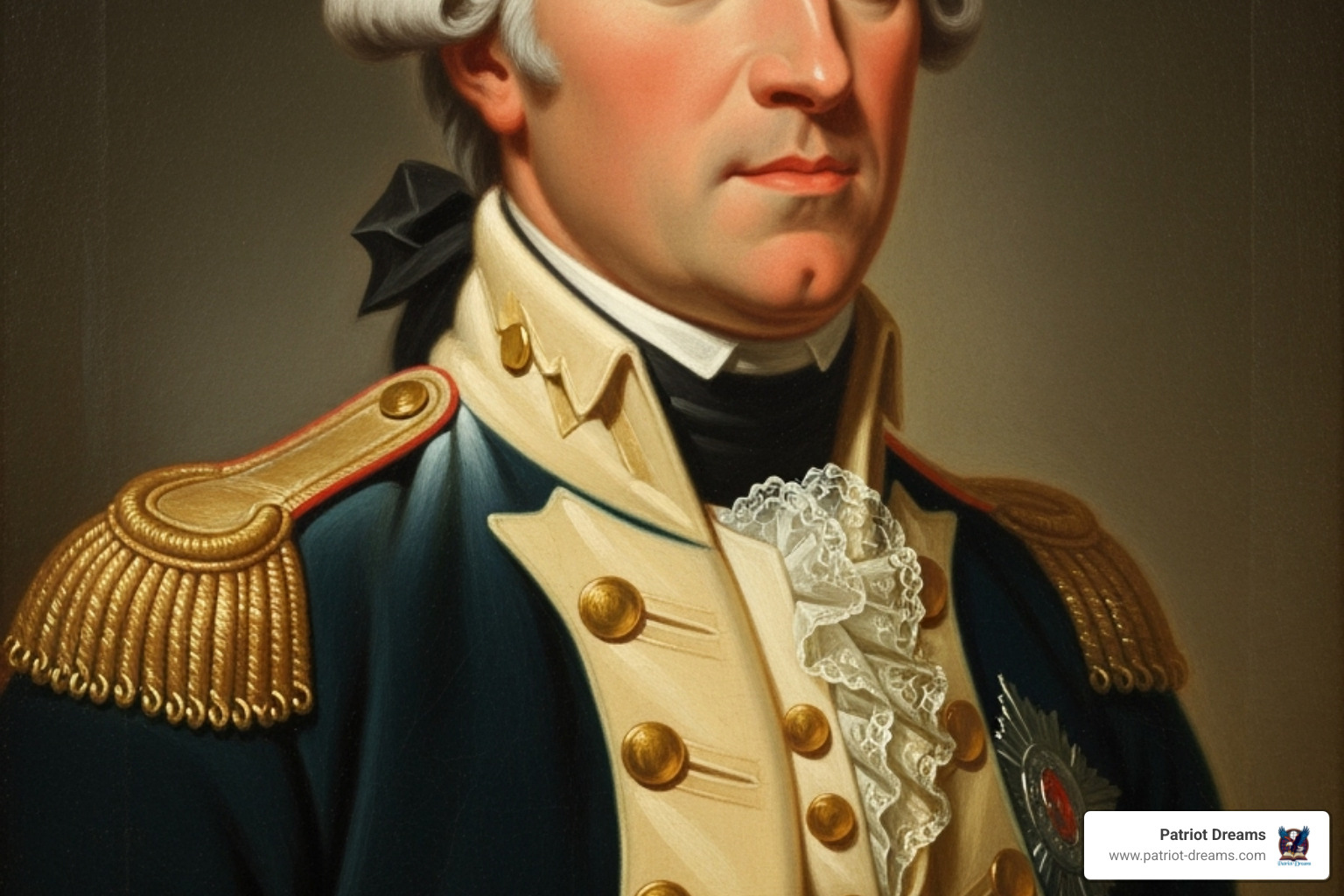
Unsung Revolutionary War Heroes: Courage in Every Corner
History has a way of spotlighting the famous while leaving others in shadow. But when we look closer at the Revolutionary War heroes who shaped our nation, we find something beautiful: courage didn't belong only to generals and statesmen. It lived in the hearts of everyday people who became extraordinary when their country needed them most.
These are the stories that deserve to be told around kitchen tables and passed down through generations—stories of farmers and mothers, of people who looked different and spoke different languages, but who all believed in the same dream of freedom.
Women of the Revolution: Strength and Spirit
Over 4,000 women served during the Revolutionary War as nurses, cooks, and spies. But some went even further, stepping directly into roles that society said weren't meant for them.
Deborah Sampson had a fire inside her that wouldn't be contained. She disguised herself as a man named "Robert Shurtleff" and enlisted in the 4th Massachusetts Regiment. For two years, she marched alongside men, fought in battles, and kept her secret safe. When a musket ball lodged in her thigh, she pulled it out herself rather than let a doctor find who she really was. Can you imagine that kind of determination?
During the scorching Battle of Monmouth, Mary Ludwig Hays—forever known as "Molly Pitcher"—carried water to parched soldiers under heavy fire. When her husband collapsed at his cannon, she didn't hesitate. She stepped up and kept that cannon firing, her courage as steady as any trained artilleryman.
Margaret Corbin's story echoes Mary's bravery. At Fort Washington, when her husband fell while manning a cannon, Margaret took his place and continued firing until she was severely wounded. Her valor was so remarkable that she became the first woman to receive a military pension from Congress.
Down in Georgia, Nancy Hart earned the nickname "War Woman" for good reason. This fierce Patriot gathered intelligence by disguising herself and, according to legend, once single-handedly captured several Loyalist soldiers who made the mistake of underestimating her.
Women like Jane Thomas proved that sharp minds could change the course of battle just as surely as muskets. She passed crucial intelligence that prevented an ambush, saving countless lives with her quick thinking and bravery.
Black and Native American Patriots: Fighting for Freedom and Future
The story of the Revolution becomes even more complex—and more human—when we remember that not everyone was fighting for the same kind of freedom. Approximately 5,000 to 8,000 Black Americans, both enslaved and free, served during the war. For them, the fight for independence often meant fighting for their own liberty too.
Salem Poor purchased his freedom in 1769 for £27—a fortune for an enslaved man. But freedom wasn't enough for him; he wanted to fight for his new nation's independence. At the Battle of Bunker Hill, his bravery was so extraordinary that fourteen officers signed a testimonial praising him for behaving "like an experienced officer, as an excellent good soldier." He went on to serve at Saratoga and endured that brutal winter at Valley Forge. You can learn about Salem Poor's bravery at Bunker Hill and find how one man's courage inspired an entire regiment.
Peter Salem, another formerly enslaved man from Framingham, Massachusetts, also fought at Bunker Hill. He's credited with firing the shot that killed British Major John Pitcairn, a key enemy officer, at a critical moment in the battle.
William 'Billy' Lee served as George Washington's valet and companion for seven years, riding beside the General from Lexington to Valley Forge. His loyalty and service were so profound that Washington freed him in his will—a testament to the bond they shared.
Native American nations faced impossible choices during the Revolution. Thousands participated, with different tribes making different alliances based on what they believed would protect their people's future.
Polly Cooper, a member of the Oneida Nation, brought more than supplies to Valley Forge—she brought hope. When Continental soldiers were starving and didn't know how to properly prepare the corn they'd been given, Polly taught them. She and her people provided critical aid during one of the army's darkest hours, showing that compassion can be as powerful as any weapon.
Not all Native American leaders sided with the Patriots. Joseph Brant, a Mohawk war chief, and Dragging Canoe, a Chickamauga Cherokee leader, both allied with the British. They made these difficult choices to protect their lands and their people's way of life. Their stories remind us that war is never simple, and everyone fighting believed they were doing what was right.
Soldiers of Remarkable Strength: Peter Francisco and Naval Commanders
Sometimes a story sounds too incredible to be true. Peter Francisco's life is one of those stories—except every bit of it really happened.
Known as "Washington's One-Man Army" and the "Virginia Giant," Peter Francisco was inspired to enlist at age 16 after hearing Patrick Henry's famous "Give me liberty, or give me death" speech. His strength became legendary throughout the army. At the Battle of Camden, he reportedly shouldered an 1,100-pound cannon to safety when no one else could move it. He once fought off nine of Tarleton's Raiders single-handedly, killing three of them. General Washington himself said that "without him we would have lost two crucial battles, perhaps the War, and with it our freedom." You can explore Peter Francisco's Military Service to understand how one man's extraordinary courage became the stuff of American legend.
On the seas, American naval commanders faced the daunting task of challenging the world's most powerful navy with just a handful of ships. John Paul Jones, often called the "Father of the American Navy," never backed down from a fight. During his famous capture of HMS Serapis in 1779, when the British commander asked if he was ready to surrender, Jones shouted back words that still stir American hearts: "I have not yet begun to fight!" His daring raids on British coastal towns proved that courage and determination could overcome even the longest odds.
Esek Hopkins served as the first Commander-in-Chief of the Continental Navy, leading early expeditions that helped establish American naval power, though his service was not without controversy. The small Continental Navy, supported by privateers and later joined by the powerful French fleet, played a crucial role in securing American independence—proving that even on the vast ocean, Revolutionary War heroes were fighting for our freedom.
The British Perspective: Commanders of the Crown
Every story has more than one side, and to truly understand the courage of America's Revolutionary War heroes, we need to recognize the formidable opposition they faced. The British commanders weren't villains from a storybook—they were skilled leaders, dedicated to their country and crown, fighting to preserve an empire they deeply believed in.
King George III sat on the British throne for 59 years, steering his nation through one of its most challenging periods. While American Patriots saw him as the face of tyranny, he was navigating the complex responsibilities of ruling a global empire. His decisions about taxation and colonial governance—choices he believed were fair and necessary—ultimately sparked the flames of rebellion across the Atlantic. History is rarely simple, and understanding his perspective helps us appreciate the magnitude of what the American Patriots achieved. You can learn More on King George III and his role during this pivotal era.
General William Howe commanded British forces during the war's early years, leading his troops to significant victories including the capture of New York City and Philadelphia. He was a capable military leader, yet his hesitation to pursue Washington's retreating army proved costly. His lack of coordination with other British commanders—particularly during General Burgoyne's ill-fated Saratoga campaign—created missed opportunities that would ultimately favor the American cause.
General Charles Cornwallis emerged as one of Britain's most respected commanders, particularly in the Southern campaigns. He was a strategic thinker whose tactical victories consistently tested American forces to their limits. His movements through the Carolinas and Virginia demonstrated both skill and determination. Yet even the most capable leader can find himself in an impossible situation. At Yorktown in October 1781, surrounded by American and French forces, Cornwallis faced the inevitable. His surrender on October 19th wasn't a failure of courage—it was a recognition that the tide had turned. That moment effectively ended major military operations and changed the course of history.
The British war effort also relied heavily on approximately 30,000 German auxiliaries, commonly called Hessians, hired from various German principalities. These were professional soldiers, well-trained and formidable on the battlefield, adding considerable strength to Crown forces.
Understanding these British leaders and their dedication helps us grasp the true scale of what American Patriots faced. The Revolution wasn't won against a weak opponent—it was achieved against one of the world's most powerful military forces, led by experienced and determined commanders. That makes the American victory all the more remarkable.
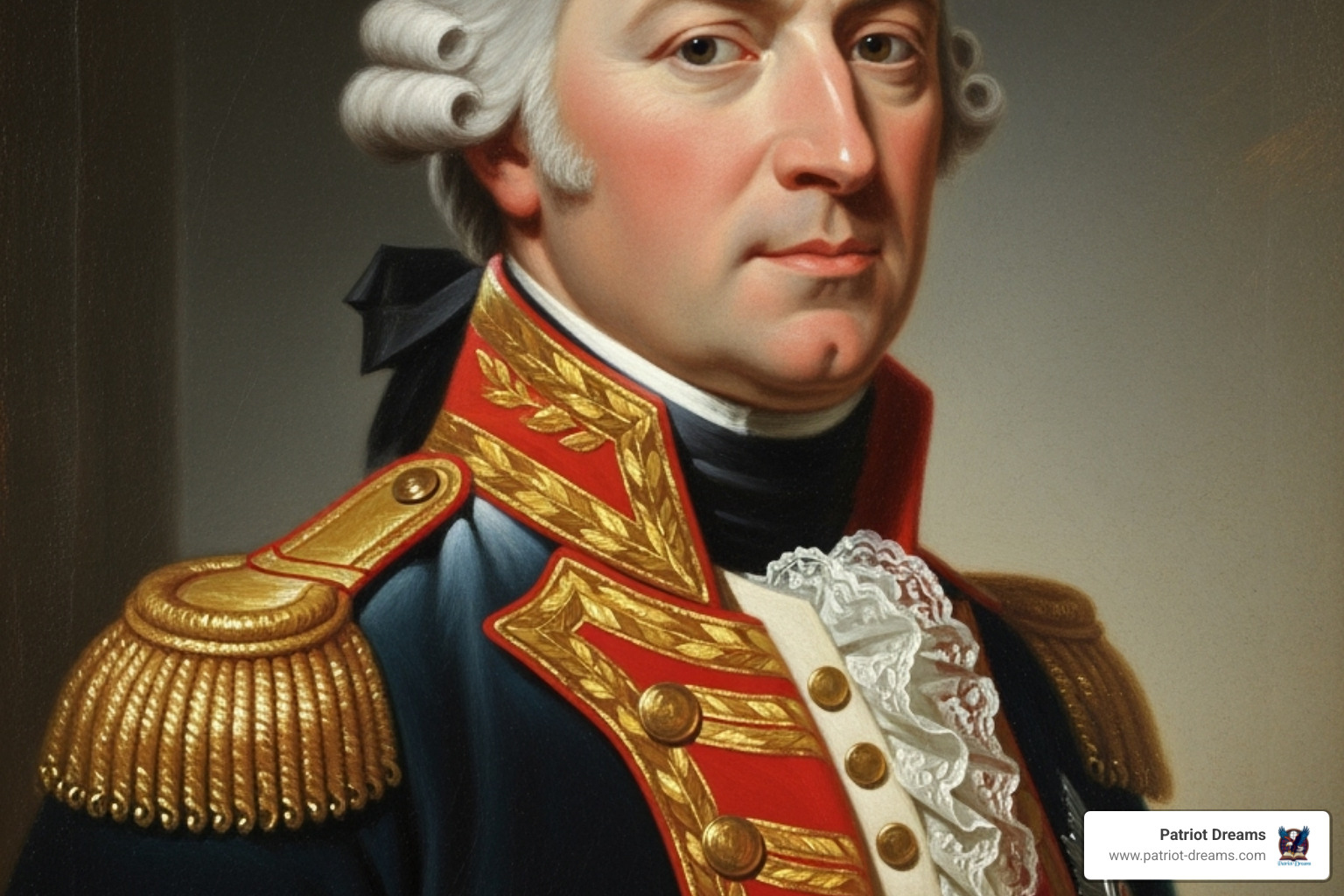
Answering Your Questions About America's First Heroes
We love hearing from people who want to learn more about the remarkable individuals who helped bring our nation into the world. These Revolutionary War heroes weren't distant figures in dusty textbooks—they were real people with families, fears, and an unshakeable belief in something bigger than themselves. Let's explore some of the questions we hear most often.
Who are the most famous Revolutionary War heroes?
When you ask most Americans about Revolutionary War heroes, certain names rise to the top. George Washington stands as the steadfast Commander-in-Chief whose quiet determination held the Continental Army together through the darkest winters. Benjamin Franklin, that wonderful inventor and diplomat, charmed the French court and secured the crucial alliances and financial support that made victory possible. He later helped negotiate the Treaty of Paris that officially ended the war.
Nathanael Greene brought strategic brilliance to the Southern campaigns, turning what seemed like certain defeat into a pathway to victory. And the young Marquis de Lafayette—barely more than a boy when he arrived—became like a son to Washington, bringing French military skill and unwavering dedication to the American cause.
These leaders didn't just command armies or negotiate treaties. They inspired ordinary people to believe that freedom was worth every sacrifice. Their leadership and diplomacy created the foundation for everything that followed.
What were the different ways people could be heroes in the war?
Here's something beautiful about the Revolution: heroism looked different for different people. There wasn't just one way to make a difference.
Soldiers on the battlefield like Peter Francisco and the countless Continental Army regulars stood their ground when everything inside them must have screamed to run. Brave spies like Daniel Bissell posed as deserters to gather intelligence on British fortifications, risking execution if finded. Nancy Hart, that fierce "War Woman," gathered information and disrupted Loyalist activities in the South.
Nurses and caregivers brought comfort when it was desperately needed. Polly Cooper taught starving soldiers at Valley Forge how to prepare corn properly, while countless unnamed women tended to the sick and wounded. Diplomats like Benjamin Franklin used charm and intellect instead of muskets, winning French support that proved crucial to victory.
Even civilians supporting the cause at home were heroes in their own right. Some provided food and shelter to soldiers. Others boycotted British goods or supported the Continental Congress as it struggled to direct military leaders and provide resources. Every act of support, whether grand or humble, wove another thread into the fabric of independence.
Who were some of the lesser-known Revolutionary War heroes?
This is where the story gets even richer. Beyond the famous names, so many remarkable people demonstrated extraordinary courage.
Salem Poor, an African American soldier, showed such exceptional bravery at the Battle of Bunker Hill that fourteen officers signed a commendation praising him. His story reminds us that the fight for freedom was deeply personal for Black patriots.
Deborah Sampson disguised herself as "Robert Shurtleff" to fight in the Continental Army, enduring combat and even extracting a musket ball from her own thigh to maintain her secret. Peter Francisco, the "Virginia Giant," performed feats of strength that seemed almost superhuman, once shouldering an 1,100-pound cannon to safety and another time routing nine British raiders single-handedly.
Polly Cooper brought Oneida wisdom and compassion to Valley Forge, helping save countless lives during that brutal winter. Colonel Christopher Greene commanded the 1st Rhode Island Regiment, one of the few integrated units in the Continental Army, made up of Black soldiers—many formerly enslaved men promised freedom. His dedication to his diverse troops and his tragic death at Loyalist hands underscore the intensity of the conflict.
Francis Salvador became the first Jewish American elected to public office in the colonies and the first Jew to die in the Revolution, killed while fighting Loyalists and their Cherokee allies in South Carolina. Colonel Allen McLane conducted daring cavalry raids and intelligence gathering behind enemy lines, often operating in the shadows where danger lurked at every turn.
These stories, though often overlooked, form a beautiful mix of courage. They remind us that heroism came in every shade and from every background, united by a common dream of freedom.
Conclusion: Their Legacy is Our Story
When you step back and look at the full picture of these Revolutionary War heroes—from General Washington holding his army together at Valley Forge to Deborah Sampson pulling a musket ball from her own leg, from Salem Poor's extraordinary courage to Polly Cooper's life-saving kindness—you begin to see something beautiful. The American Revolution wasn't just a war. It was a moment when ordinary people finded they had extraordinary hearts.
These weren't perfect people. They were farmers with calloused hands, mothers worried about their children, young men far from home, and neighbors who disagreed about nearly everything except one thing: the hope for something better. They were people who got scared, who felt the cold bite of winter at Valley Forge, who missed their families, and who kept going anyway.
The values they lived by—community, resilience, and kindness—didn't disappear when the last shot was fired at Yorktown. Those values became part of our story, woven into the fabric of what it means to be American. When we read about Washington's steadfastness or Greene's clever strategy, when we learn about Lafayette's loyalty or the quiet bravery of William 'Billy' Lee, we're not just reading history. We're finding our extended family's story.
That's what makes these personal histories so precious. They remind us that we come from people who cared deeply, who sacrificed greatly, and who believed that their struggles could create a better world for us. Their legacy isn't just the nation they founded—it's the spirit they passed down, the belief that ordinary people can do extraordinary things when they work together.
At Patriot Dreams, we're dedicated to preserving these personal histories for future generations because we know how much they matter. Every story we share—whether it's about a famous general or an unsung hero—helps us feel more connected to each other and to the remarkable journey we're all part of. These aren't distant figures in dusty textbooks. They're our people, and their courage lives on in us.
We hope you'll continue exploring these heartwarming stories with us. Find American Pioneer Stories that celebrate the brave individuals who built our country, one dream at a time. Every story we preserve enriches our understanding of where we came from and reminds us of the best parts of who we are.
Explore more of America's founding stories and keep the spirit of these heroes alive in your heart.
Join the Patriot Dreams Community
Download the app today and start your journey through American history and personal legacy.

Explore Our Latest Insights
Dive into stories that shape our American legacy.

